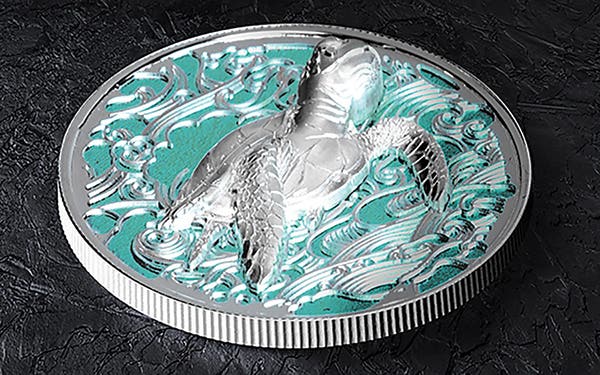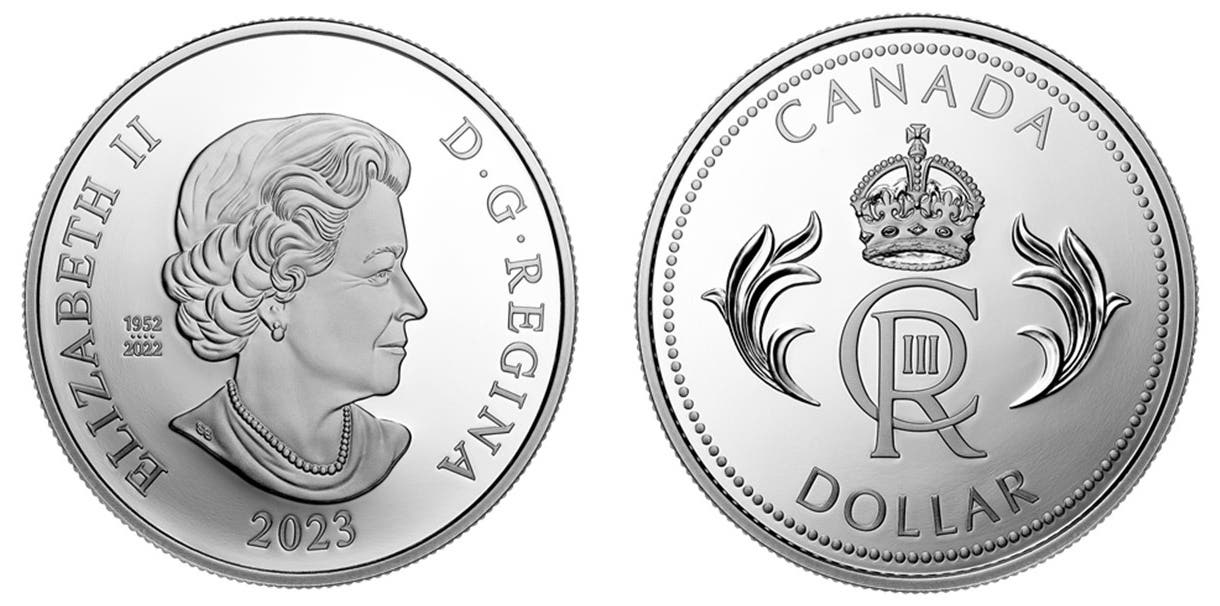Complex Caligula: Emperor’s scandalous reign includes scarce coins
The Roman Empire produced many bad emperors, but Gaius, nicknamed Caligula, must be ranked among the worst. He not only murdered his pregnant wife; he also heaped public honors upon…
The Roman Empire produced many bad emperors, but Gaius, nicknamed Caligula, must be ranked among the worst. He not only murdered his pregnant wife; he also heaped public honors upon his horse. He was the great-grandson of the Emperor Caesar Augustus but unfortunately had inherited none of his ancestor’s talents.
It all began in September A.D. 12 when he was born at Antium, the son of Germanicus and Agrippina. Germanicus died when Gaius was seven, but before that he had lived with his father. Growing up in army camps in Gaul, the young Gaius wore a special boot and the soldiers nicknamed him “little boots,” or Caligula.
Emperor Augustus died in A.D. 14 and was succeeded by Tiberius, who then ruled the Empire for 23 years. The famous Biblical passage, “Render unto Caesar that which is Caesar’s” refers to Tiberius, one of the most capable men ever to rule the Roman world. He had named Caligula as his joint heir along with Tiberius Gemellus.
As Tiberius lay dying at Mysenum, near Capri, in March 37, Caligula was present and already celebrating the fact that he was about to become emperor. Tiberius then seemed to recover, but soon died, making Caligula his successor. The co-heir, Tiberius Gemellus, was conveniently murdered a few days later.
For a few months, Caligula was a wise and just ruler, but a serious illness unhinged his mind, and the remainder of his reign was a series of evermore increasing outrages. The brutal murder of his wife was but one chapter in his misrule.
When Caligula discovered that his endless demands for money had bankrupted the Treasury, he engaged in blackmail and murder on a fearsome level to steal and extort money from leading citizens of Rome and the provinces. He was soon loathed by all segments of society, and it is small wonder that a clique of army officers murdered him on January 24, 41. He had ruled for only about 46 months.
There was a special bodyguard detachment of Germans fiercely loyal to Caligula but who were surprised by the attack on the Emperor. Once they had recovered from the shock of the assassination, the Germanic bodyguard exacted a fearsome revenge on the plotters and anyone else thought to be involved.
Augustus had transferred the coinage of gold and silver from Rome to Lugdunum in Gaul (Lyons, France) about 15 B.C. because the empire was expanding in that direction and there was a need for a ready supply of coinage; copper was struck at both Rome and Lugdunum. Although scholars disagree as to the exact date, it is clear that Caligula brought the coinage of gold and silver back to Rome, probably by early in 38.
There are many collectors of Roman coins, with perhaps the greatest interest being in coins of the “Twelve Caesars,” the rulers of Rome from 31 B.C. to A.D. 96, Augustus to Domitian. Some of the coins are easy to obtain, but those of Caligula have long been known to be difficult.
The coin illustrated above, a silver dollar-sized copper coin called a sestertius, is one of the more interesting of this reign. The obverse has a superb portrait of Caligula, accompanied by a legend reading C • CAESAR • AVG • GERMANICUS • PON • M • TR • POT, which translates as “Gaius Caesar Augustus Germanicus Pontifex Maximus Tribunician Potestas.” The title of Caesar Augustus was merely honorific.
The title Germanicus was supposed to mean that Caligula had won signal victories over the Germans, as had his father many years before, but these triumphs were only on paper and not real. (As an equal exercise in fantasy, the emperor had marched an army to the channel facing Britain and then had his soldiers gather seashells as proof of another great victory.)
The Pontifex Maximus meant high priest, while Tribunician Potestas meant that he also claimed the power derived from being the Tribune of the people.
The reverse is famous among collectors for the three sisters of Caligula appearing on a coin. They are even named (Drusilla, Julia, and Agrippina), another innovation in Roman coinage. This coin, however, was an ill omen of things to come. Drusilla died of the fever in A.D. 38, while her two sisters ran afoul of Caligula’s mercurial temperament and were exiled to a small island off the Italian coast, just west of Naples.
The illustrated coin was struck during the period of July 37 to March 38, during the first year of this ruler. Oddly enough, the same reverse was used again on sestertii struck during the Emperor’s third year (A.D. 39–40), but this second issue is very rare; perhaps it was about this time that the sisters Julia and Agrippina were exiled and the coinage abruptly halted.
Caligula also issued silver and gold coins, which are much less affordable than the copper. It is said that his successor, the Emperor Claudius (41–54), banned the use of Caligula’s coins, but this seems unlikely; they probably were merely recoined by the Rome Mint in the normal course of business from those coins received by the government in payment of taxes. (Full-weight coins of other rulers would have been paid out and not melted.)
The coins of Caligula were not issued in great numbers, and because of the efforts to recoin them during the reign of Claudius, none of his coins can be called inexpensive.
This article was originally printed in Coins Magazine. >> Subscribe today.
More Collecting Resources
• The Standard Catalog of World Coins, 1601-1700 is your guide to images, prices and information on coins from so long ago.
• With over 25,000 listings and 15,500 illustrations, the Standard Catalog of World Paper Money, Modern Issues is your go-to guide for modern bank notes.








